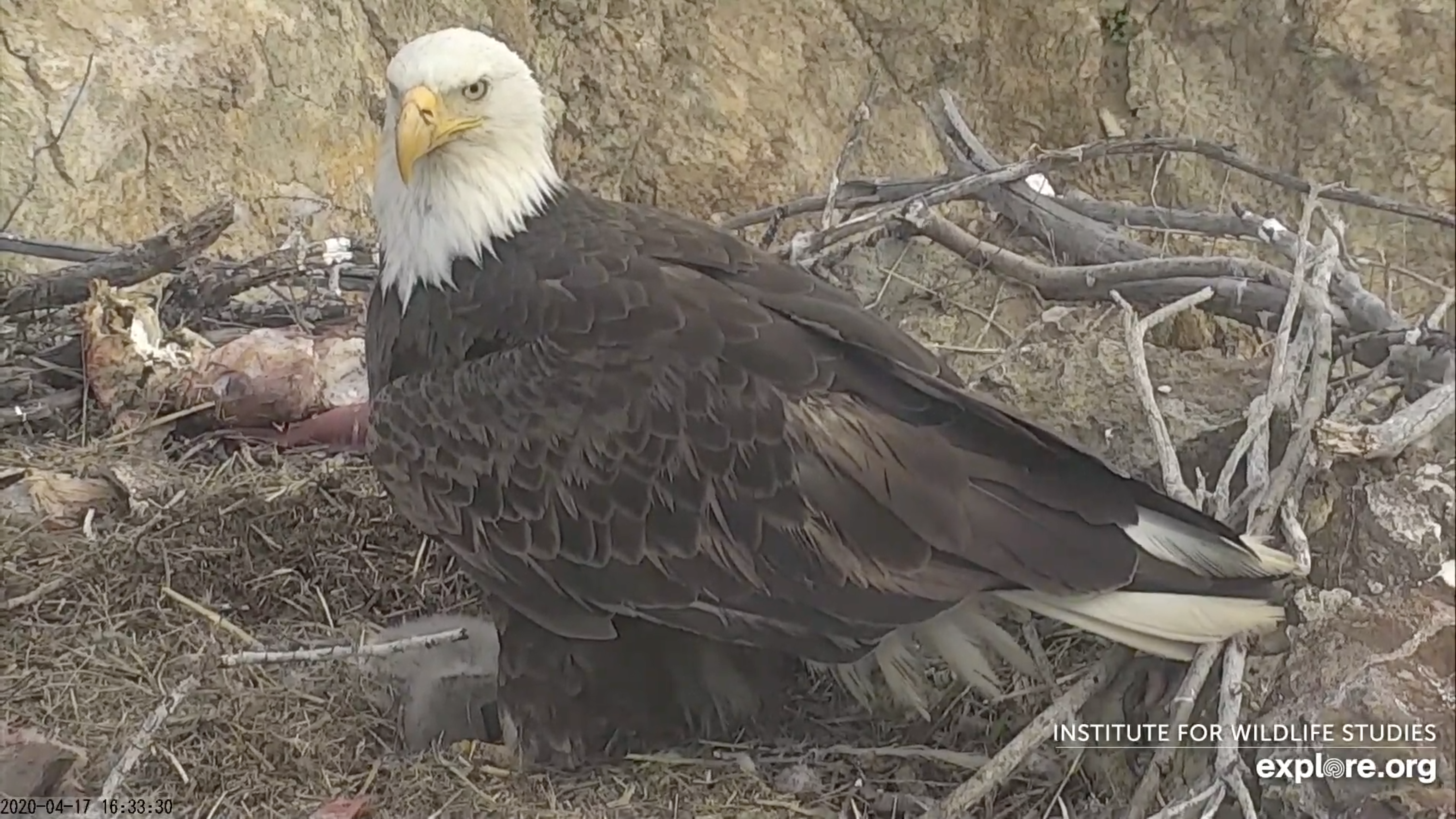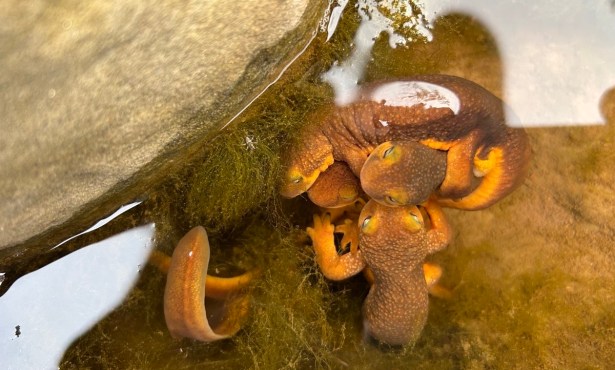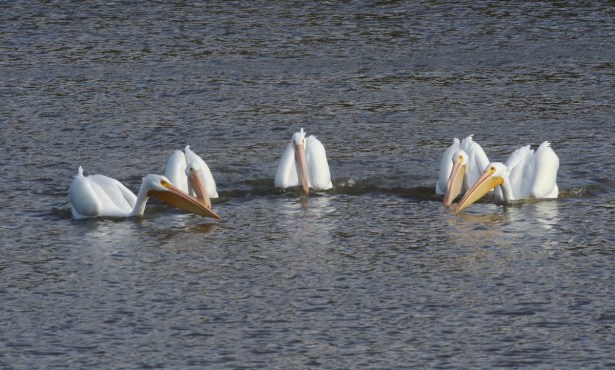Earth Day: Nature Cams and Soundscapes
Enjoying Flora and Fauna from Your Computer Screen

The mountains, meadows, and sea that wrap around our semi-rural community are appreciated now more than ever, as nature is the only escape from the COVID-19 mandated shelter in place. But for those who cannot get outside, you can still partake in nature’s elixirs — virtually. There are myriad nature cams both locally and globally that provide live viewing from the top of a mountain peak to the depth of the ocean.
The Channel Island National Park Service has some of the best viewing (tinyurl.com/cinpswebcams). Tune into their ocean cam and watch a kelp forest sway back and forth in a mesmerizing sea dance as fish make occasional guest appearances. Turn the sound on and listen to the music of water bubbling and churning as the waves crash above.
There was no one in the Sauces Canyon bald eagle nest when I peeked in, but it was amazing to see their cozy abode from high in the tree, the wind whistling through my speakers. The Anacapa Island Peregrine Falcon cam was also raptor-free the moment I virtually popped round, but the view of the bay and sound of seagulls was lulling and lovely. The Anacapa Cove cam faces north toward the mainland shore and offered serenity as I saw the sun glow orange-red over the mountains and the lights of the city twinkle and heard a foghorn’s lowing mixed with the cacophony of seagull calls.

If you prefer to venture farther from Santa Barbara, explore.org (explore.org/livecams) has heaps of live streams to choose from, including a donkey barn in Ipswich, Massachusetts; the roaring waves of Ehukai Beach in Oahu, Hawai‘i; baby eagles in Decorah, Iowa; and grazing gazelles at the Tembe Elephant Park in Emangusi, South Africa.
Nature’s soundscape has long been a remedy for an agitated mind. To that end, the National Park Foundation and the National Park Service teamed up to create ParkTracks (tinyurl.com/parktracks), wildlife recordings from their various parks. Captured by its Natural Sounds and Night Skies Division (tinyurl.com/npsnaturalsounds), the audio runs just over 12 minutes and serves as either an absorbing mediation or serene background sounds. Wind rustles, birds sing, and elk bugle.

There is also the option to hear specific sounds from particular parks, thanks to Colorado State University’s Listening Lab (tinyurl.com/csuparksounds). With a mouse click, hear Western screech owls clacking their bills and a California Thrasher sing his territorial song in Sequoia and Kings Canyon parks; the gurgling of a thermal mud pot and wolves howling at dawn in Yellowstone National Park; or an afternoon rainstorm in Rocky Mountain National Park.




You must be logged in to post a comment.